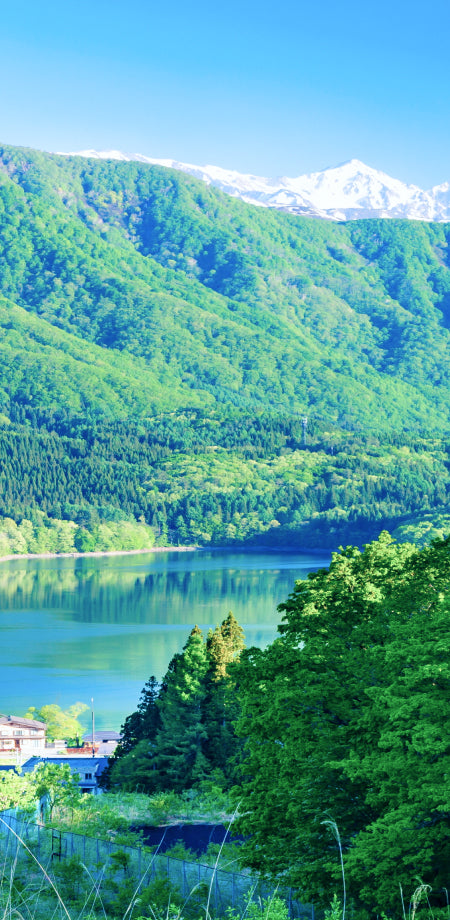投稿日:
更新日:
Vol.1 Anzu is deeply involved in the history and culture of the region
Chikuma City Historical and Cultural Properties Center
Director Inatama Shuji
Apricots are useful for their beautiful orange color and refreshing acidity, and are both raw and processed. Nagano Along with Aomori Prefecture, the prefecture is known as one of the leading producers in the country.
There are various theories, Nagano Apparently, the prefecture has been cultivating apricots for over 1,000 years. The Engishiki, a legal code from the mid-Heian period, also records that apricot seeds were paid from Shinano Province as a type of tax at the time. It is also said that in 1673, Toyohime, who had been married to Sanada Yukimichi, the lord of Matsushiro Domain, brought a seedling of kalpberry (now apricot) to remember his hometown, to remember his hometown, and apricot cultivation spread to Zenkojidaira from a single seedling planted in the garden.
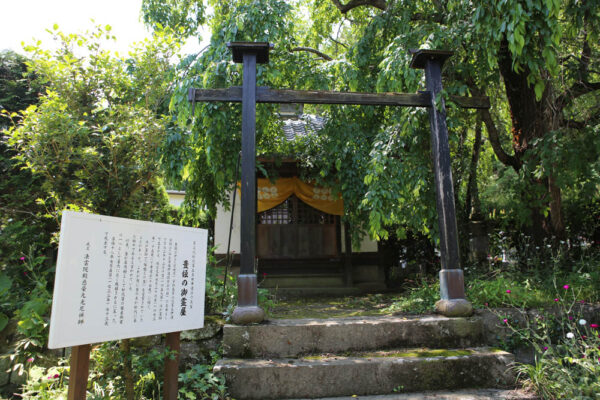
Nagano CityToyohime's Spiritual Shop is located inside Emyoji Temple in Matsushiro Town
In the Edo period, the northIiyama City, in the south it reaches Chikuma City. Nagano Adoration has been further expanded as the Matsushiro Domain, which ruled the northern part of the prefecture. Matsushiro Domain's apricot was shipped to Edo as preserved foods such as dried apricots, and seeds (almonds) were shipped to the Edo area for medicinal purposes. However, due to the Meiji Restoration, traffic and exchanges between daimyos were eliminated, and as the silk industry rose as part of the promotion and industrial development policy, sericulture, which is the raw material for raw silk, became popular throughout the prefecture, and Chikuma City was also replanted from apricot trees to mulberry trees.
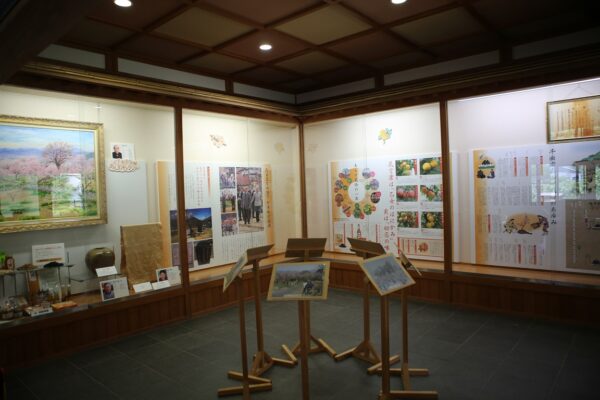
Why has apricots been continued despite these changes?
"The native apricot tree, which is larger than 7m, is therefore more than 7m in the area. Therefore, in this area, it also serves as a sign of the boundary between its neighbors and is still cultivated at a private level. Even as sericulture began to move, apricot trees were close to the lives of local people. As such, they remain familiar to the people of this area, with the opening of the Shinetsu Main Line, a main railway line, and sales channels to Tokyo revitalized, apricot production has gradually regained its former momentum," he told Inama Shuji, director of the Chikuma City Historical and Cultural Properties Center.
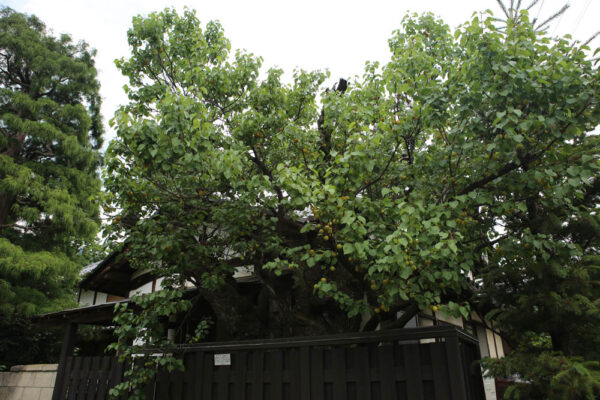
Private houses in the Mori district of Chikuma City, where apricot trees are still planted
In addition, since the Meiji Restoration, processing technology has also developed as various industrial technologies have been introduced from overseas. In particular, it is said that the start of production of canned foods that can be stored for long periods of time and can be shipped to far away is one of the reasons why apricot cultivation has been a factor.
Furthermore, a new variety called "Heiwa," which grows early for about three weeks to a month compared to the native species, was accidentally discovered in Morimura during the Taisho period. In addition to the early harvesting period, the native species weighing about 30g each, while the size of 45-60g, 1.5 to 2 times the size, increases the yield and leads to income, resulting in an expansion of cultivation. At one point, it is said that "peace" accounted for about 80% of the apricots shipped.
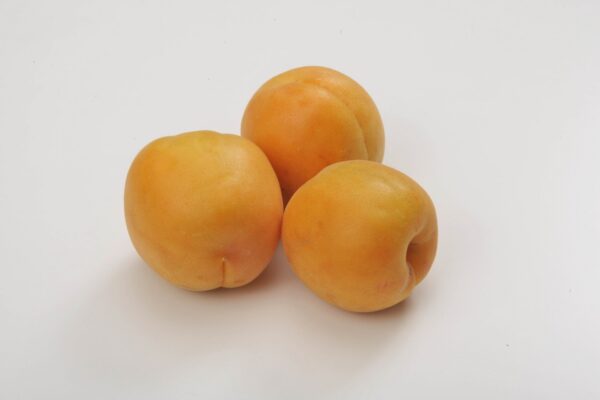
peace
When asked about the scale of cultivation at its peak, Inadama said, "It is said that the spectacular view of apricot flowers blooming as much as you can see is 100,000 at a glance, but in reality, even when there were many, it probably wasn't around 40,000."
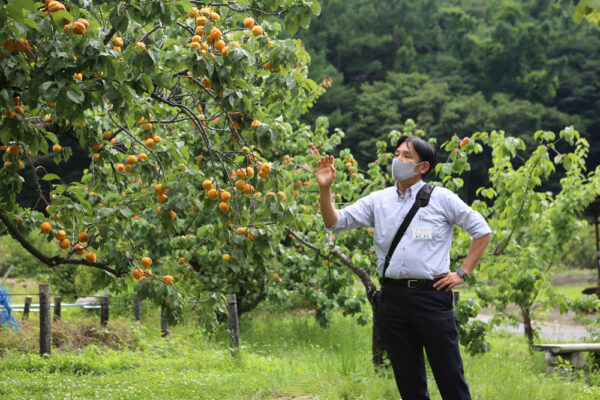
Inatama Shuji, who I spoke to this time
However, the population of farmers is currently aging, and production volumes are on the decline due to the effects of farmers without successors cutting trees and global warming. Various initiatives are being taken in the production area to ensure that the tradition of apricot cultivation, which is closely related to the local history and culture, remains unstoppable. In addition to promoting branding apricot products in Chikuma City, there are also movements to use yeast extracted from apricot to make cheese and bread, creating new local specialty products. Also, the castle town of the former Matsushiro domainNagano CityIn the Tojo area of Matsushiro Town, about 30 farmers gather to organize the Rakuno Club and carry out steady activities such as leveling up unwanted and devastated farmland. Keep an eye on new initiatives to cultivate historic apricots and protect the beautiful scenery.
*This article is information as of June 2022. Please note that the products we carry may have changed.
Nagano Toanzu vol.2
Enjoy the difference in taste and texture of each variety here















